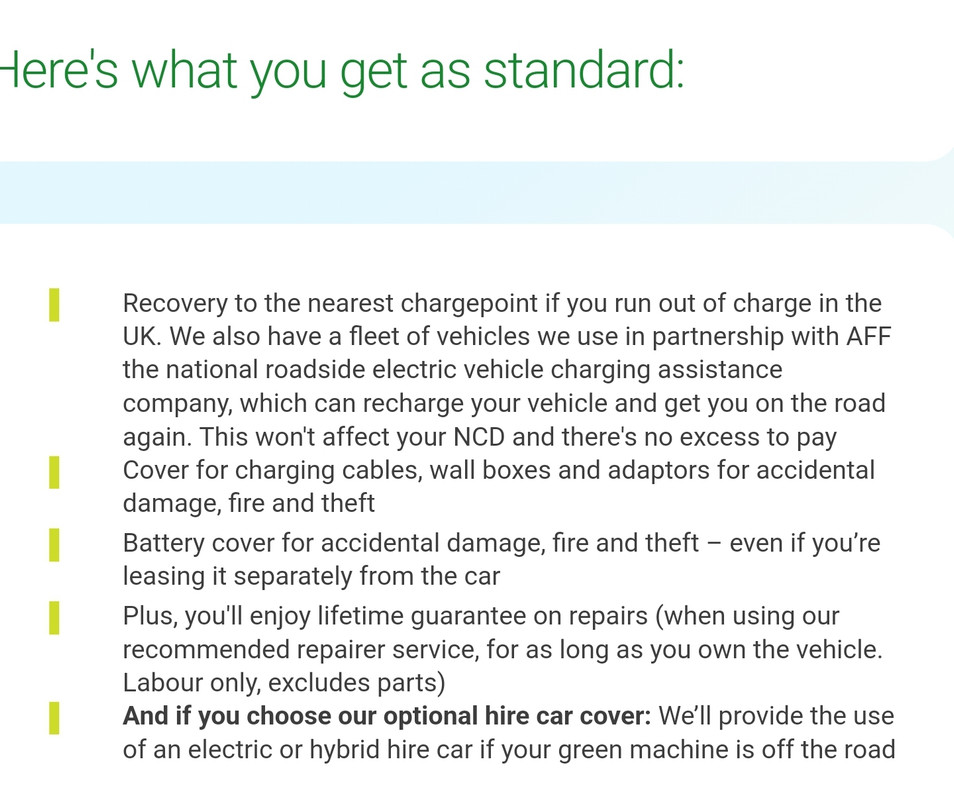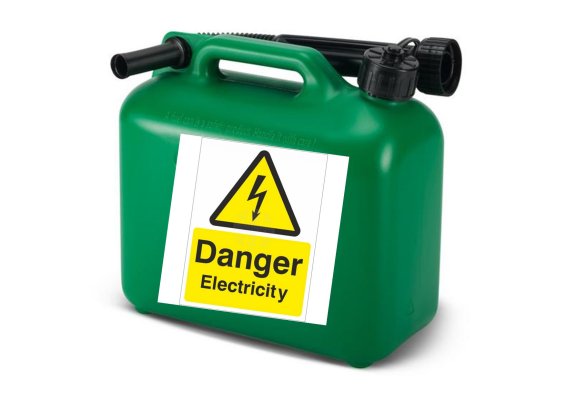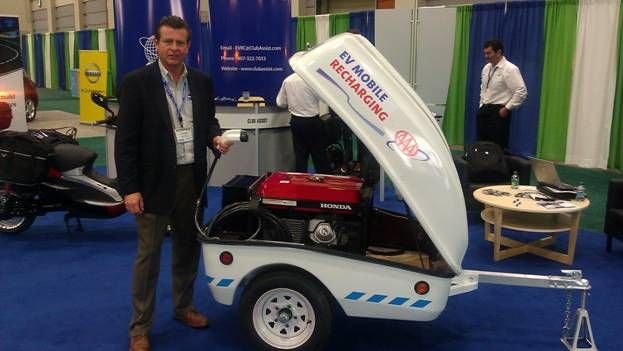- Joined
- Jun 24, 2008
- Messages
- 49,770
- Location
- London
- Car
- 2022 Hyundai IONIQ 5 RWD / 2016 Suzuki Vitara AWD
... However, every time I kickdown and hear the growl, I crack a little rye smile
Most modern high-performance cars have the exhaust note artificially engineered, often selectable using a button in the dash. Which makes me think, it should be possible to produce a naturally-silent high-performance EV that generates a range of audible fake V8 and V12 exhaust sounds. Will manufacturers pick this up, I wonder?



